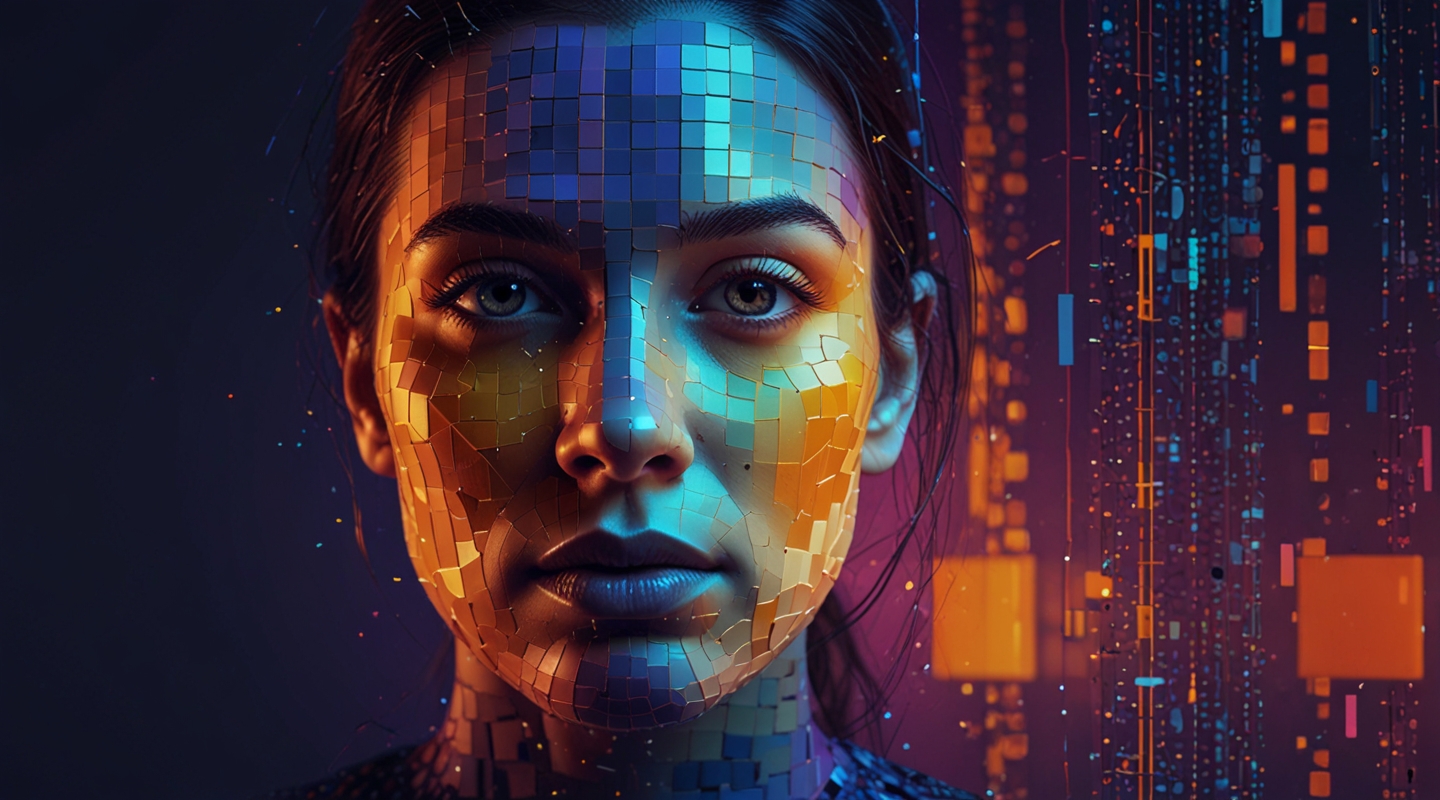Trust in Media: The Thin Line We’re Walking
You know, trust used to be simple. We’d watch the evening news, read the morning paper, and take things at face value. But fast-forward to 2025, and that trust? It’s been stretched thinner than my patience waiting for a slow Wi-Fi connection at a coffee shop. Deepfakes – those eerily convincing manipulated videos and audio clips – have thrown a wrench into the whole system. Suddenly, what we see and hear isn’t always what actually happened.
I remember a few years ago, when deepfakes were mostly a novelty, a playground for digital pranksters and cyber tricksters. But now, they’re weaponized tools in everything from political misinformation to celebrity hoaxes. It’s scary, honestly. So how do we keep our footing on this shaky ground? Enter AI-powered deepfake detection – the unsung hero quietly reshaping media trust in ways we didn’t fully appreciate until recently.
Why AI is the Game-Changer in Deepfake Detection
Here’s the deal: deepfakes have grown so sophisticated that even sharp-eyed humans struggle to spot the fakes. Early detection methods were like trying to spot a needle in a haystack with a flashlight. But AI is that spotlight turned up to max.
AI models today don’t just look for obvious glitches or inconsistencies. They analyze micro-expressions, subtle lighting cues, unnatural blinking patterns, and even the way pixels behave at a microscopic level. Some newer systems use neural networks trained on vast datasets of authentic and deepfake content, learning the nuances that escape human eyes.
Take the example of the company DeepTrace (now operating as Sensity AI) – their tools scan videos in real-time, flagging suspicious content with impressive accuracy. The speed and scale at which AI works mean that platforms can proactively filter out fake media before it even gains traction.
Real-World Impact: From Viral Hoaxes to Verified Truths
Let me paint you a picture. Last year, a doctored video surfaced showing a well-known public figure allegedly making inflammatory remarks. It spread like wildfire, causing uproar on social media and even prompting official responses. But thanks to AI-powered detection tools, journalists were able to debunk the video within hours, providing clear evidence of manipulation.
That rapid response didn’t just stop misinformation—it helped restore a bit of faith in the news cycle. People saw that verification wasn’t just a buzzword; it was a real, achievable process, powered by cutting-edge AI. And that’s the kind of shift we need to preserve trust in an age where seeing isn’t always believing.
Challenges Still in the Mix
Now, I won’t pretend this is a silver bullet. AI detection isn’t flawless. There’s always a cat-and-mouse game going on. As detection gets better, deepfake creators refine their tricks. Some deepfakes are now so seamless that even AI can stumble, especially when trained on limited data or when the content is ultra-high quality.
Plus, there’s the issue of false positives—flagging genuine content as fake—which can erode trust just as much as the deepfakes themselves. It’s a delicate balance, and the tech community is very much aware of it.
And then there’s the ethical side. Deployment of these tools raises questions about privacy, consent, and who gets to decide what’s true. I’ve sat through more panels and webinars than I can count where these concerns bubble up, and they’re not going away anytime soon.
How Media Outlets and Platforms Are Adapting
What’s fascinating is watching how major platforms have integrated AI deepfake detection into their workflows. Twitter, TikTok, and YouTube all have layers of AI moderation, flagging or removing manipulated content before it goes viral.
Newsrooms themselves are adopting AI-assisted verification tools. Journalists now routinely run suspicious videos through detection software as part of their fact-checking routine. It’s become an essential skill—kind of like knowing how to use a search engine, but more specialized.
For content creators and marketers, this means being proactive about authenticity too. Using AI detection tools to vet your own videos before sharing helps safeguard your brand and build genuine trust with your audience. Honestly, it’s like having a digital bouncer for your content party.
What This Means for You As a Consumer
So, what’s the takeaway for the everyday media consumer? First, don’t throw your hands up and give in to cynicism. AI tech is here to help, not just complicate things further. Next time you come across a video that feels off, there are now easier ways to verify its authenticity—tools like Sensity AI or Deepware Scanner can be surprisingly user-friendly.
I encourage you to cultivate a healthy skepticism without slipping into paranoia. Remember, behind every AI tool, there are humans working hard to make the media landscape safer and more truthful. And that’s worth supporting.
Looking Ahead: The Future of Media Trust in a Deepfake World
Where do we go from here? I see a future where AI-powered detection doesn’t just react but anticipates manipulation, integrating seamlessly into browsers, social apps, and even hardware devices. Imagine your phone gently alerting you if a video you’re watching looks suspicious, or news apps providing trust scores powered by live AI analysis.
But alongside tech, we’ll need education—media literacy taught not just in classrooms but as part of everyday digital hygiene. Because no AI, no matter how clever, can replace a curious, informed mind.
Anyway, it’s an ongoing journey. AI-powered deepfake detection is reshaping media trust, yes, but it’s also opening new questions about truth, technology, and human judgment. And honestly? That’s what makes this space so thrilling to watch and be part of.
So… what’s your next move? Try diving into one of those detection tools. See if you can spot the subtle giveaways. It’s like becoming a digital detective in a world that desperately needs more of them.






